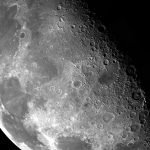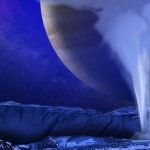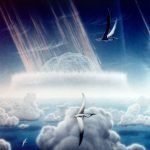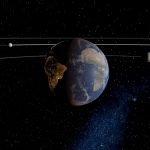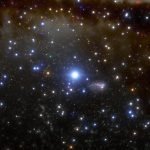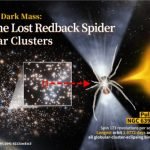Scientists discover an exoplanet covered in water
Scientists have discovered TOI-1452 b, an exoplanet orbiting one of two small stars in a binary system located in the Draco constellation about 100...
Saturn V was loud but didn’t melt concrete
The Saturn V carried man to the moon and remains the most powerful rocket to successfully launch to orbit.
It captures the imagination — but...
Scientists find the missing carbon monoxide in planet-forming disks
Astronomers frequently observe carbon monoxide in planetary nurseries.
The compound is ultra-bright and extremely common in protoplanetary disks — regions of dust and gas where...
Scientists find new clue to the moon’s origin
Scientists have discovered the first definitive proof that the moon inherited indigenous noble gases from the Earth’s mantle.
The discovery represents a significant piece of...
Underwater snow on earth sheds light on Jupiter’s moon
Below Europa’s thick icy crust is a massive, global ocean where the snow floats upwards onto inverted ice peaks and submerged ravines.
The bizarre underwater...
Would we have continents without asteroid impacts?
Early Earth was a wild and wooly place.
In its first billion years, during a period called the Archean, our planet was still hot from...
More than one asteroid could have wiped out the dinosaurs
Scientists have found evidence of an asteroid impact crater beneath the North Atlantic Ocean that could force researchers to rethink how the dinosaurs reached...
What is the maximum number of moons that earth could have?
In a recent study published in Earth and Planetary Astrophysics, scientists estimated how many moons could theoretically orbit the Earth while maintaining present conditions...
Scientists capture the sharpest image ever of universe’s most massive known star
By harnessing the capabilities of the 8.1-meter Gemini South telescope in Chile, astronomers have obtained the sharpest image ever of the star R136a1, the...
New discovery may offer clues to missing pulsars
Millisecond pulsars (MSPs) are evolved neutron stars with short spin periods that have gone through a long period of mass transfer in a low-mass...




